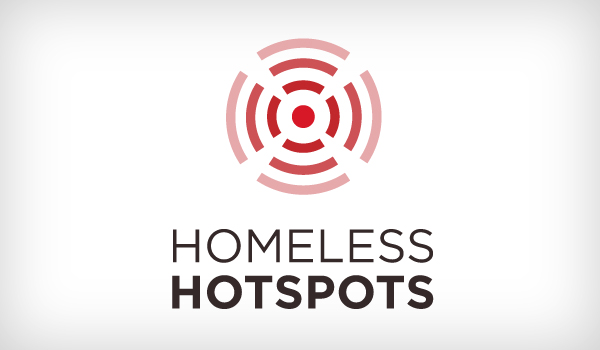 The dust has settled from SXSW Interactive, where the biggest story, arguably was that of the Homeless Hotspots.
The dust has settled from SXSW Interactive, where the biggest story, arguably was that of the Homeless Hotspots.
I’ve thought long and hard about why this just didn’t sit right with me, and I’ve had some public (and private) Twitter and in-person debates about this. From the start, my argument has not been one that compares the Homeless Hotspot participants to infrastructure. Nor do I believe BBH, the agency that created it, was ill-intended in its efforts.
In fact, I applaud the organization – and Saneel Radia – for launching a disruptive program that raised real dollars for Austin’s homeless population, and generated awareness for the Austin Resource Center for the Homeless. I do believe, however, that its comparison to the street newspaper model was inaccurate, at best. At worst, it did a disservice to the content and stories contained in the papers themselves. And it just missed the point of street newspapers, perhaps news media in general.
The advertising space is constantly evolving. Recently, there has been a lot of talk of how some advertising agencies are beginning to develop products as a way to educate themselves and clients on emerging technologies and trends, and also as marketing vehicles. If the technology is useful and actually makes people’s lives easier, that’s fantastic, but better, more useful technology is not an answer in itself. Rather, technology is a lens through which a greater variety of stories can be better told.
Two quick examples: the Gutenberg press isn’t important because it was a tool, but that it allowed stories to be created and shared more quickly. The Digital Revolution isn’t revolutionary because of its tools – although the PC and the Internet are surely marvelous – but because its tools allow stories and information to flow almost instantaneously.
In the case of the Homeless Hotspots, the wi-fi provided drove people to a transaction, in most cases. And this should not be overlooked.
When street newspapers are sold, not only are transactions made, but the stories contained therein generate awareness and – more importantly – an action. If one makes a conscious decision to not only support the cause by buying a paper, but takes the time to actually read the stories, they’re ultimately doing more good.
Buy a street newspaper. You might be tempted to give your local vendor money, but not take the paper. This assumes, just as the Homeless Hotspots program did, that the content has little to no value. This assumption is just wrong.  In many cases, the vendors want you to read their papers. By reading them, not only are you committing some time to their cause, but you’re learning about them as well. And once you’re done reading the paper, you’ll likely share it.
Now, I’ve played “Monday Morning Quarterback” on my blog before, but what would I have done differently here? Not much, actually. I’d have worked with the ARCH, and perhaps Good Magazine, to create a Starbucks-like content portal for customers to see upon when they logged in. This way, once the transaction took place, they could dive into – and perhaps share stories of – the Austin homeless experience. That would’ve at least elevated the content, the stories of its participants, to some level of importance.
What do you think? Would you have done anything differently?
 Later tonight, the NBA will host inaugural Social Media Awards, an event that will surely make ripples both online and off.
Later tonight, the NBA will host inaugural Social Media Awards, an event that will surely make ripples both online and off.





